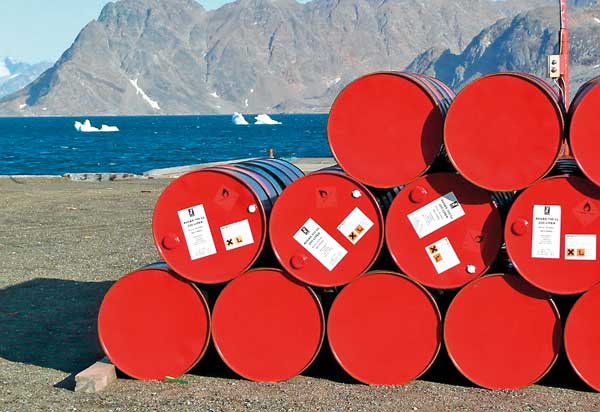19 Dec 2012 - {{hitsCtrl.values.hits}}
 The International Energy Agency (IEA) has provided an unrealistically high oil forecasts in its new 2012 World Energy Outlook (WEO) according to Gail Tverberg and reported in the Oil Voice Magazine of December 2012.
The International Energy Agency (IEA) has provided an unrealistically high oil forecasts in its new 2012 World Energy Outlook (WEO) according to Gail Tverberg and reported in the Oil Voice Magazine of December 2012.
26 Nov 2024 8 minute ago
26 Nov 2024 17 minute ago
26 Nov 2024 51 minute ago
26 Nov 2024 1 hours ago
26 Nov 2024 1 hours ago